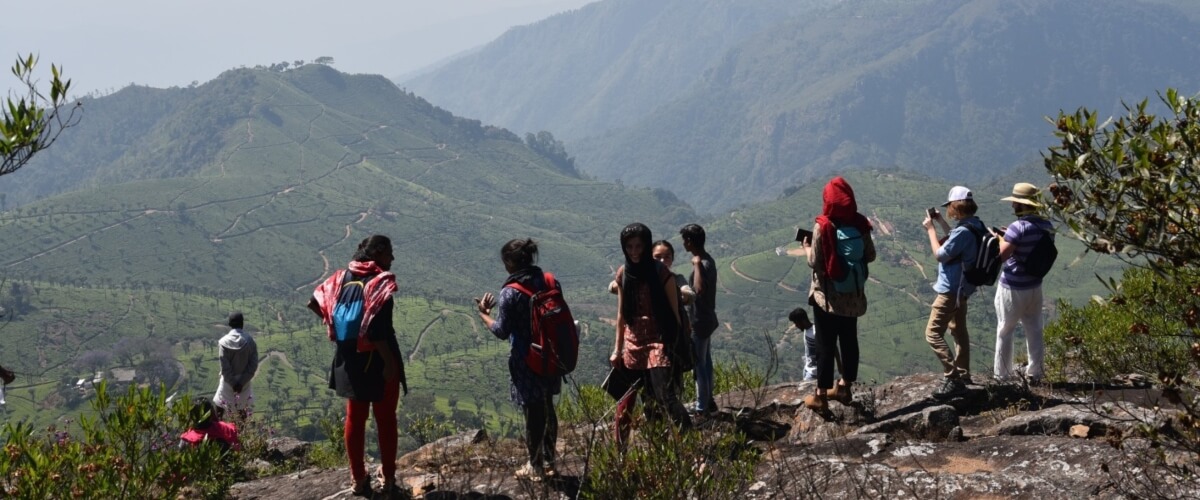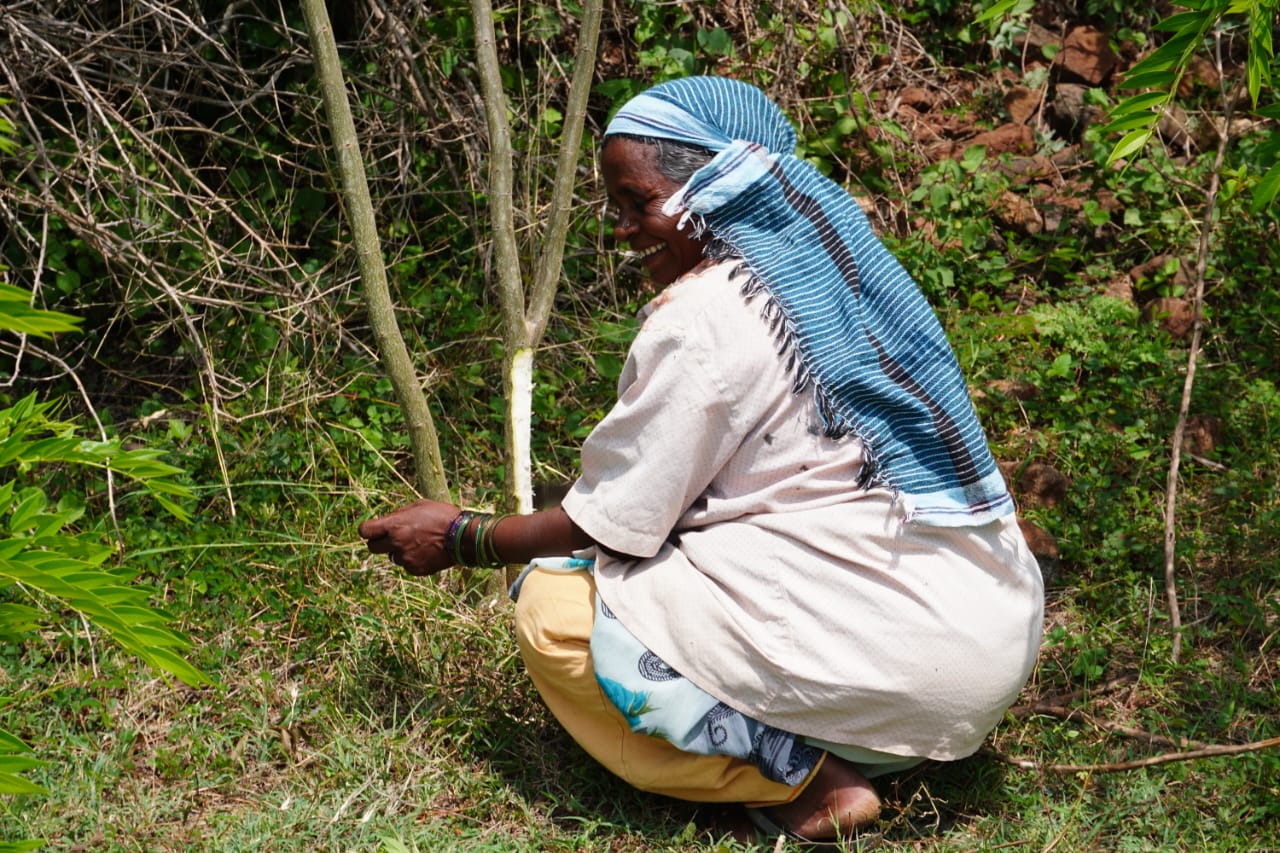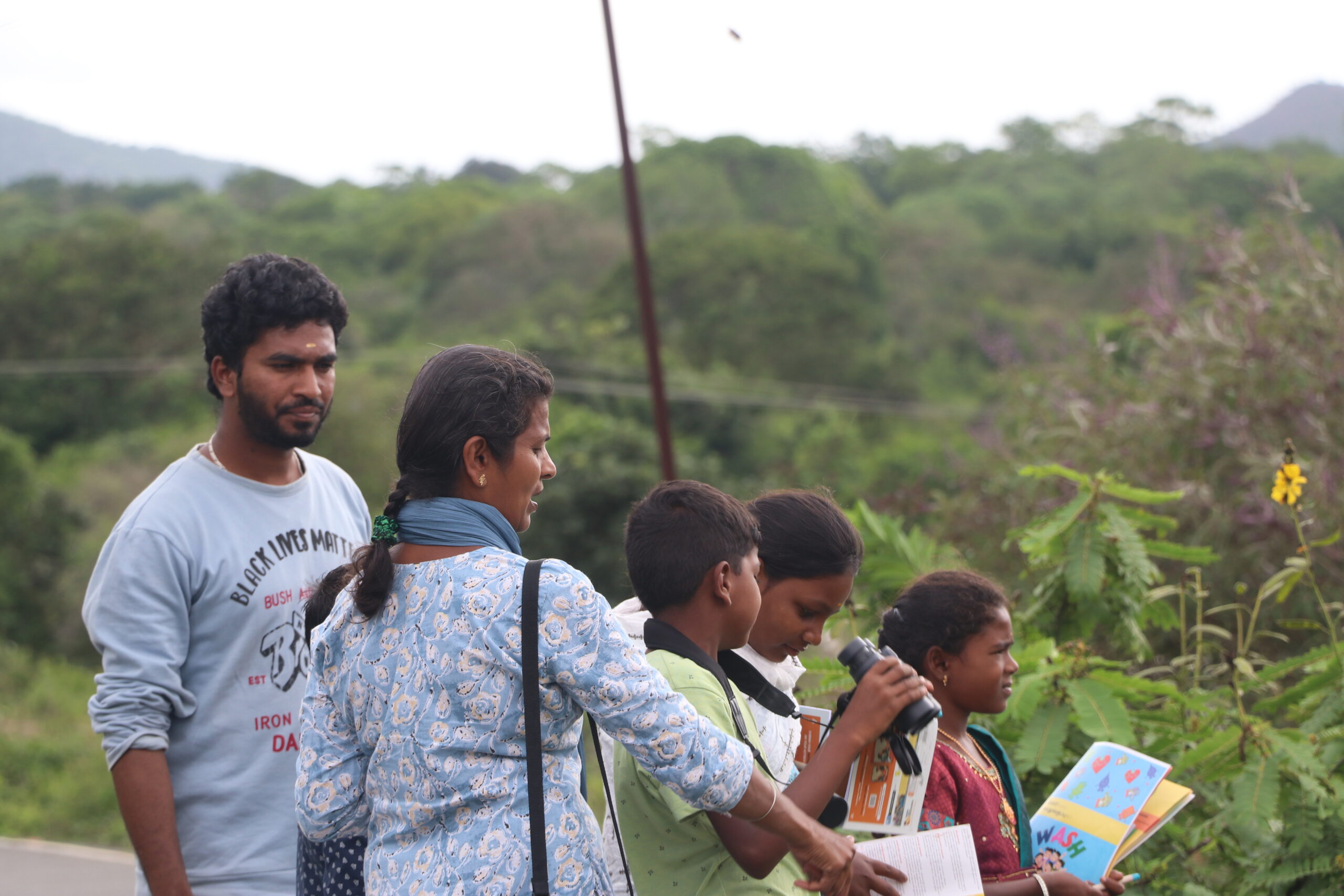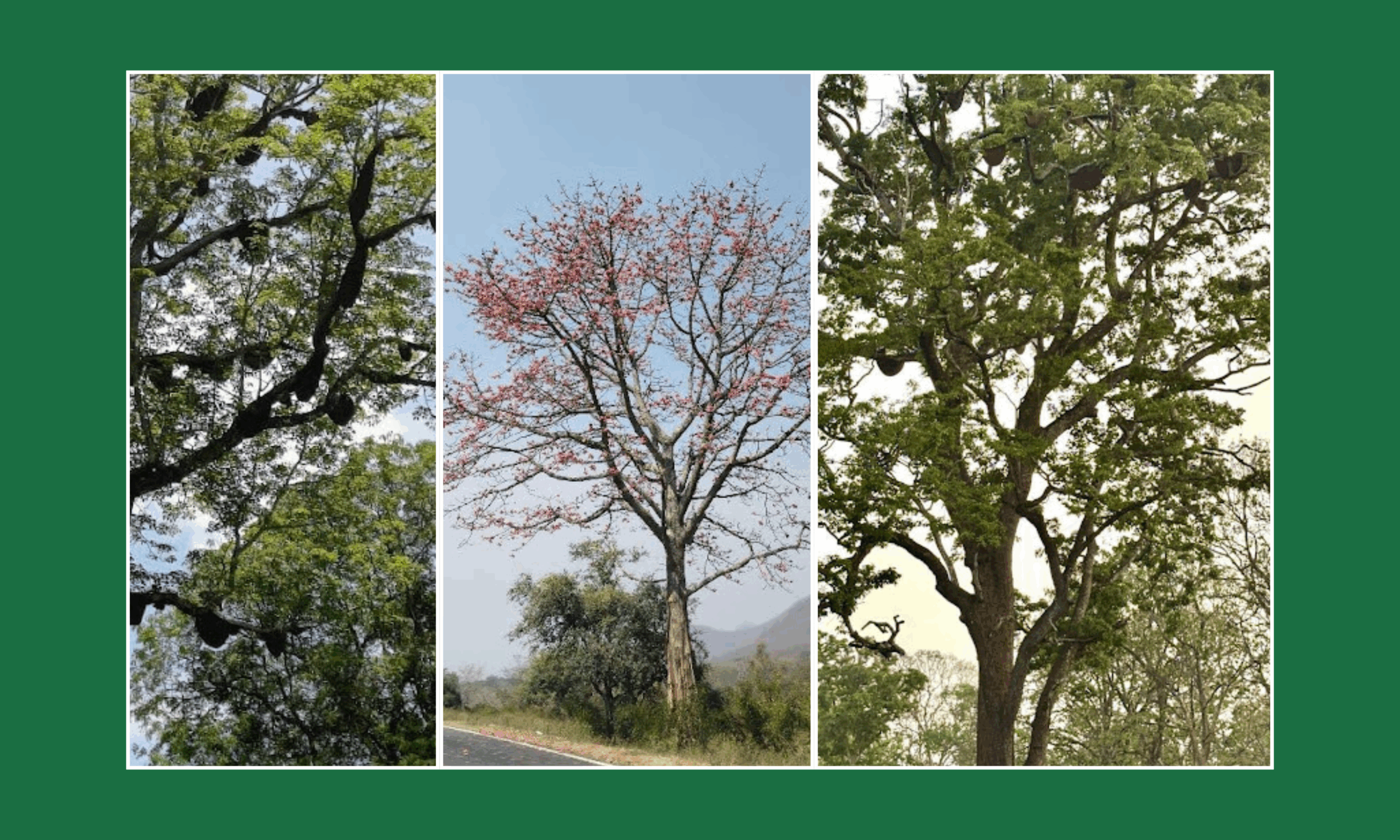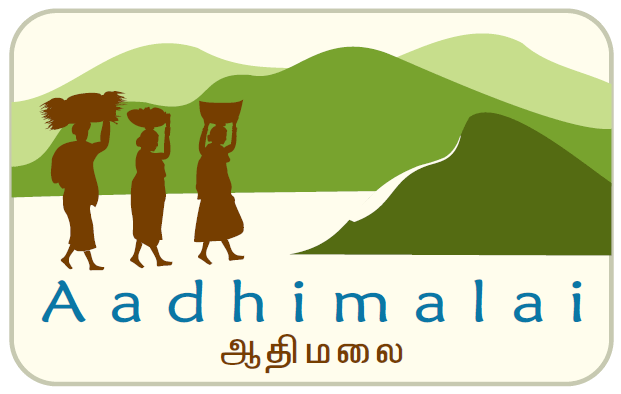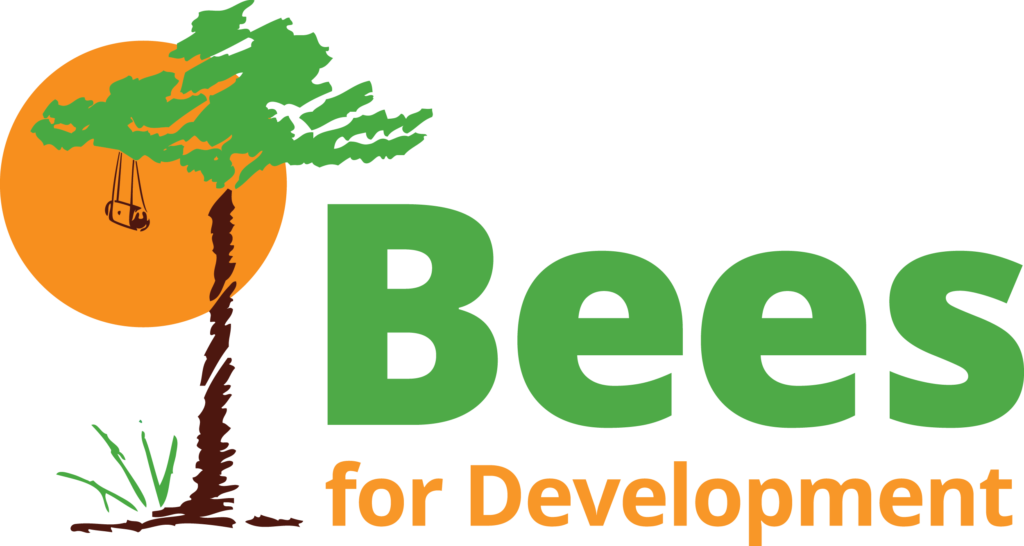Anyone can pick-up “the spy glass of anthropology” to study humans, society and culture! The week started at a slow pace with students learning about new terminologies like ethnography, thick description i.e. interpreting pattern of meanings. As part of cross-boundary exercises, students in a groups of two had to describe a process each, to make the familiar ‘strange’ and the strange ‘familiar’ using de-familiarising language supplemented with detailed description and interpretation. Keystone students described how soap-nut was used for cleaning clothes where they unknowingly depicted their slowly forgotten core belief that “nature is the provider”. Cornell students thoughtfully brought in the concept of gender-bias in removal of armpit hair which is considered to show masculinity in men while women need to remove it to attract men.
A talk by Snehlata Nath on the Adivasi cultures in the Nilgiris explained how our dress-code, occupation, etc., partly tell us who we are. For example, Todas provide dairy products to all in the Nilgiris, Kotas provide pottery mainly for cooking, Irulas produce agricultural products and Kurumbas, the honey hunters also does artisan works like drums, etc. One of the major Badaga festivals pools in the above resources and expertise from each tribe to kick start their religious ceremony. This helped one to realise that however unique each community may be with performance of typical functions, it was fascinating to see their inter-dependence. Today’s younger generation especially from the tribal communities are facing a cross-road and it is vital for them to find a balance between culture & tradition and the modern world.
With the topic of discussion on Gender, there were oral tug of wars between many opinions from the students that geared up the momentum for the week. The Cornell students learned about gender dynamics in Adivasi culture, and were able to compare and contrast these gender dynamics with those in the US. At the Toda village called Nedimund, they all noticed the ways in which women were excluded from religious rituals, handling of buffalos and agricultural works. When the Keystone boys expressed empathy on women folk who are deprived of certain freedom in their daily lives, Cornell students identified gender biases at home like wage discrimination.
“A tattoo to bring home a memory to my grandmother, who had never been out of the village in her lifetime, and a fellow student from Cornell who has a tattoo in her ankle to remind her of some important event in her life”. How could both these women from either ends of the world have the same reason to get a tattoo? Throughout the week, the discoveries in class shed light on people and culture for both Keystone and Cornell students.

